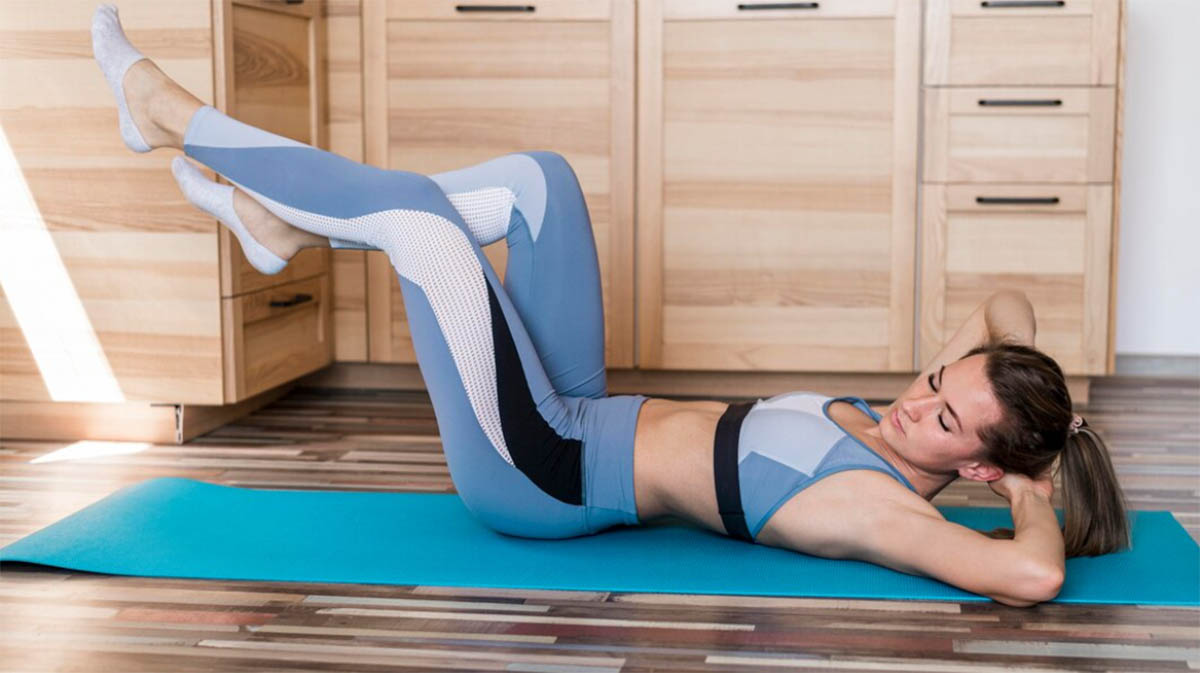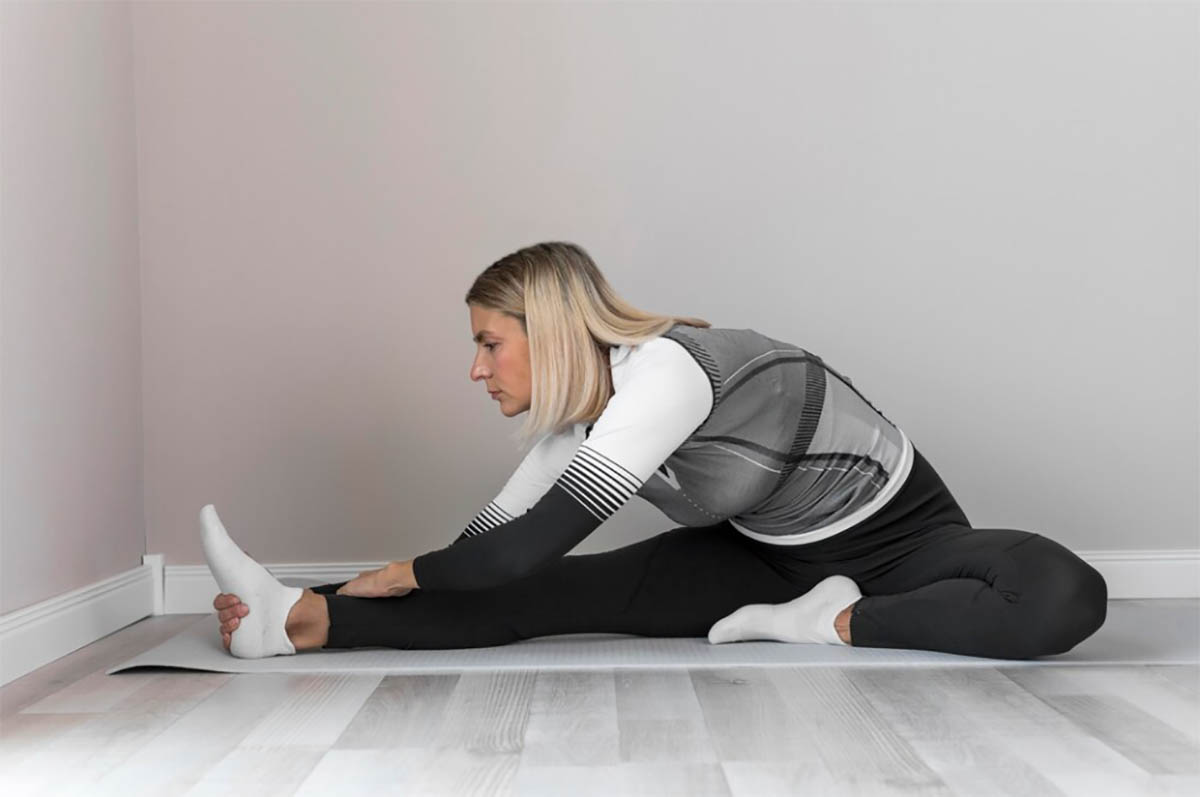Introduction
Pelvic girdle pain significantly impacts the quality of life, especially among pregnant women, turning daily activities into a daunting challenge. This blog delves into understanding this condition, highlighting the benefits of physical therapy, pelvic girdle pain exercises, and lifestyle adjustments to manage and alleviate pain during pregnancy effectively.
What is Pelvic Girdle Pain?
Pelvic girdle pain is a condition manifesting as discomfort around the pubic bone and the pelvic area, often exacerbated by asymmetrical movement and poor posture. Pregnant women frequently experience this agonizing pain, which stems from stress on the pelvic joints and changes in muscle function during the various stages of pregnancy.
What causes Pelvic Girdle Pain?
The vast majority of pelvic girdle pain in pregnancy can be attributed to the strain on tummy and hip muscles, tight muscles, and the added pressure on the pubic bone. Hormonal changes play a crucial role, in relaxing the ligaments and joints, thereby increasing the risk of pain due to reduced joint mobility and muscle activation.
Role of Physical Therapy in Managing Pelvic Girdle Pain
Physical therapy is an essential component in managing pelvic girdle pain, offering personalized exercises and advice on pain relief that improve muscle function and provide support to the stressed areas. Proper posture and relaxation techniques are emphasized to minimize pain limits and enhance the quality of life during pregnancy.
General Benefits of Physical Therapy
Engaging in a range of exercises under the guidance of a physical therapist not only reduces amounts of pain but also prevents chronic pain by improving posture, enhancing muscle function, and teaching relaxation techniques. These interventions are tailored to fit everyday activities, ensuring pregnant women can maintain a comfortable position throughout the day.
Life in Motion Physical Therapy’s Approach to Pelvic Floor Therapy

Focusing on pelvic floor exercises, Life in Motion Physical Therapy integrates specific muscle activation techniques and advice on pain management into our holistic treatment plans. This approach significantly benefits pregnant women, offering additional treatment options that cater to the unique challenges presented by pregnancy-related pelvic girdle pain.
Benefits of Exercise for Pelvic Girdle Pain
Regularly performing pelvic floor exercises, maintaining a neutral position, and engaging the core muscles are pivotal in managing pain during pregnancy. These activities enhance stability, reduce pain, and are crucial for improving the overall quality of life.
Exercises for Pelvic Girdle Pain Relief
Exercises for pelvic girdle pain such as pelvic tilts and bridges are designed to strengthen the tummy muscles and hip muscles, crucial for supporting the pelvic area. Including pelvic support belts as part of the treatment can offer additional relief, ensuring the pelvis is in a neutral position during exercise and daily activities.
Pelvic Tilts
Activates tummy muscles, promoting a neutral spine position, essential for reducing pain worse scenarios in pregnant women.
Bridge Pose
Strengthens the hip muscles, offering significant relief from pain in pregnancy by ensuring proper muscle function and support.
Bird Dog
Encourages symmetrical muscle activation, reducing the risks associated with asymmetrical movement that can make pain worse.
Piriformis Stretch
Targets tight muscles in the pelvic area, improving range of motion and reducing discomfort.
Hip Flexor Stretch
Essential for maintaining joint mobility and alleviating stress on the pelvic area.
Tips for Performing Exercises Safely and Effectively
Adopting correct posture during exercises and everyday activities is vital. The use of a pregnancy support belt can provide the necessary pelvic support, making challenging exercises more manageable and reducing pain during pregnancy.
To ensure safety and effectiveness when performing these pelvic girdle pain pregnancy exercises, consider the following tips:
- Warm-up Properly: Start with a gentle warm-up to prepare your muscles and joints.
- Listen to Your Body: Avoid any movement that causes pain. It’s crucial to differentiate between muscle soreness and pain.
- Maintain Proper Form: Incorrect form can lead to further injury. If unsure, seek advice from a physical therapist.
- Consistency is Key: Regular exercise and stretches for pelvic girdle pain, when done correctly, will yield the best results for managing PGP.
Advanced Side Plank
- How to Perform: Lie on your side with your legs straight and prop yourself up with your forearm. Lift your hips to form a straight line from head to heels. For an advanced move, raise your top leg. Hold for 20-30 seconds, then switch sides.
- Benefits: Strengthens the obliques and stabilizes the pelvic region, reducing pain and improving posture.
Squats with Pelvic Floor Engagement (With Resistance)
- How to Perform: Stand with feet shoulder-width apart, and a resistance band around your thighs. Lower into a squat while focusing on engaging your pelvic floor muscles. Return to standing. Repeat 10-15 times.
- Benefits: Enhances core and pelvic floor strength, providing better support for the pelvic girdle.
Bridge with Single-Leg Extension
- How to Perform: Perform a bridge pose as described earlier. Once in the raised position, extend one leg at a time while keeping your pelvis stable and level. Hold the extension for a few seconds before switching legs. Repeat 5-10 times per leg.
- Benefits: Builds strength in the glutes and hamstrings, crucial for pelvic stability.
Pilates Swimming
- How to Perform: Lie on your stomach with your arms extended overhead. Lift your arms, legs, and chest off the floor. Alternate lifting your opposite arm and leg higher, mimicking a swimming motion. Continue for 30 seconds.
- Benefits: Strengthens the back and core muscles, improving posture and pelvic support.
Deadlifts with Kettlebell
- How to Perform: Stand with feet hip-width apart, a kettlebell in front of you. Bend at the hips to grasp the kettlebell, then stand up by extending your hips, keeping your back straight. Lower back down. Repeat 10-15 times.
- Benefits: Strengthens the lower back, glutes, and hamstrings, supporting the pelvic girdle.
Lifestyle Tips for Managing Pelvic Girdle Pain

Maintaining a Healthy Weight
- Importance: Excess weight can increase the strain on the pelvic girdle, exacerbating pain.
- How to Achieve: Adopt a balanced diet and regular exercise. Consult with a healthcare provider for personalized advice.
Posture Tips
- Sitting: Use a chair that supports your back. Keep your feet flat on the floor and your knees at hip level.
- Standing: Distribute your weight evenly on both feet. Avoid standing for prolonged periods.
- Sleeping: Sleep on your side with a pillow between your knees to maintain pelvic alignment and reduce pain.
Other Treatments
Physiotherapy
Beyond exercises, physiotherapy may include manual therapy and techniques like ultrasound for pain relief.
Massage
Therapeutic massage, particularly deep tissue massage targeting the pelvic muscles, can offer significant pain relief and improve relaxation.
Acupuncture
Some find acupuncture helpful for managing pain and improving function by targeting specific points in the body to release tension and promote healing.
Conclusion
Managing pelvic girdle pain, especially during pregnancy, requires a multifaceted approach, incorporating physical therapy, proper exercise, and lifestyle adjustments. Through targeted muscle activation, maintaining a neutral posture, and employing relaxation techniques, pregnant women can experience a notable improvement in their quality of life and a reduction in discomfort.
FAQs
What worsens pelvic girdle pain?
Poor posture, lifting heavy objects, and a lack of supportive footwear can exacerbate pelvic girdle pain, especially in pregnant women.
What positions should I avoid with pelvic girdle pain?
Positions that place asymmetric pressure on the pelvis or require heavy lifting should be avoided to prevent aggravating the pain.
What sleeping position is best for pelvic pain?
A comfortable position with a pillow between the knees can help maintain proper alignment and reduce pelvic pain, with many finding relief through belly breathing exercises to relax the pelvic floor muscles before sleep.
Cheers,
Logan Lynch
Owner & Head Clinician at Life In Motion Physical Therapy




